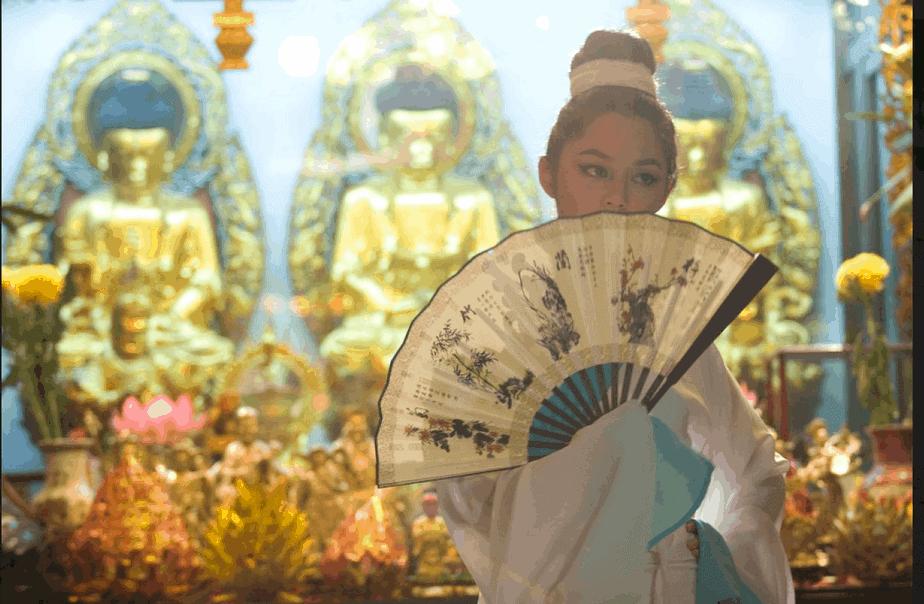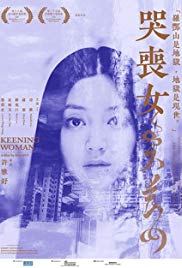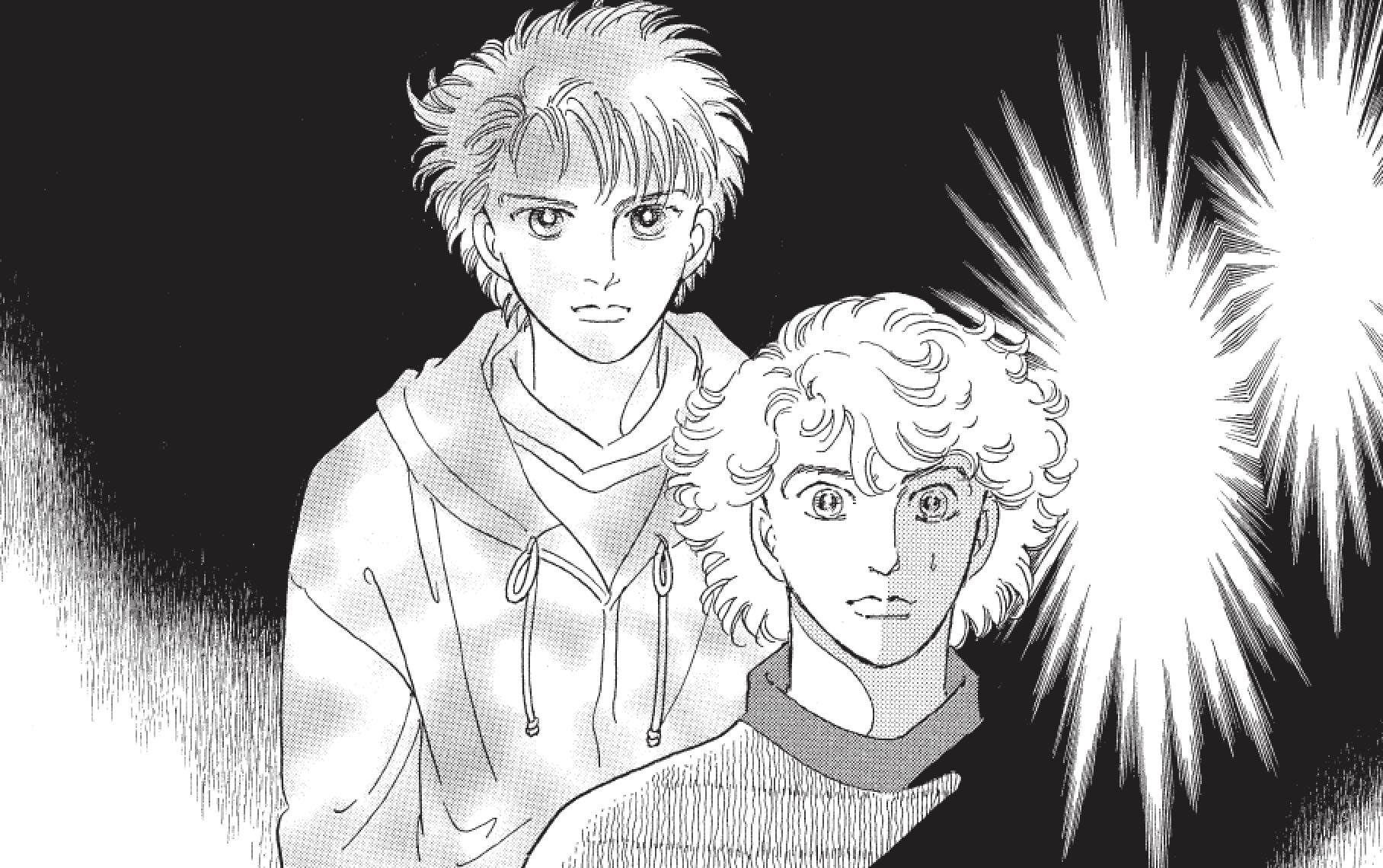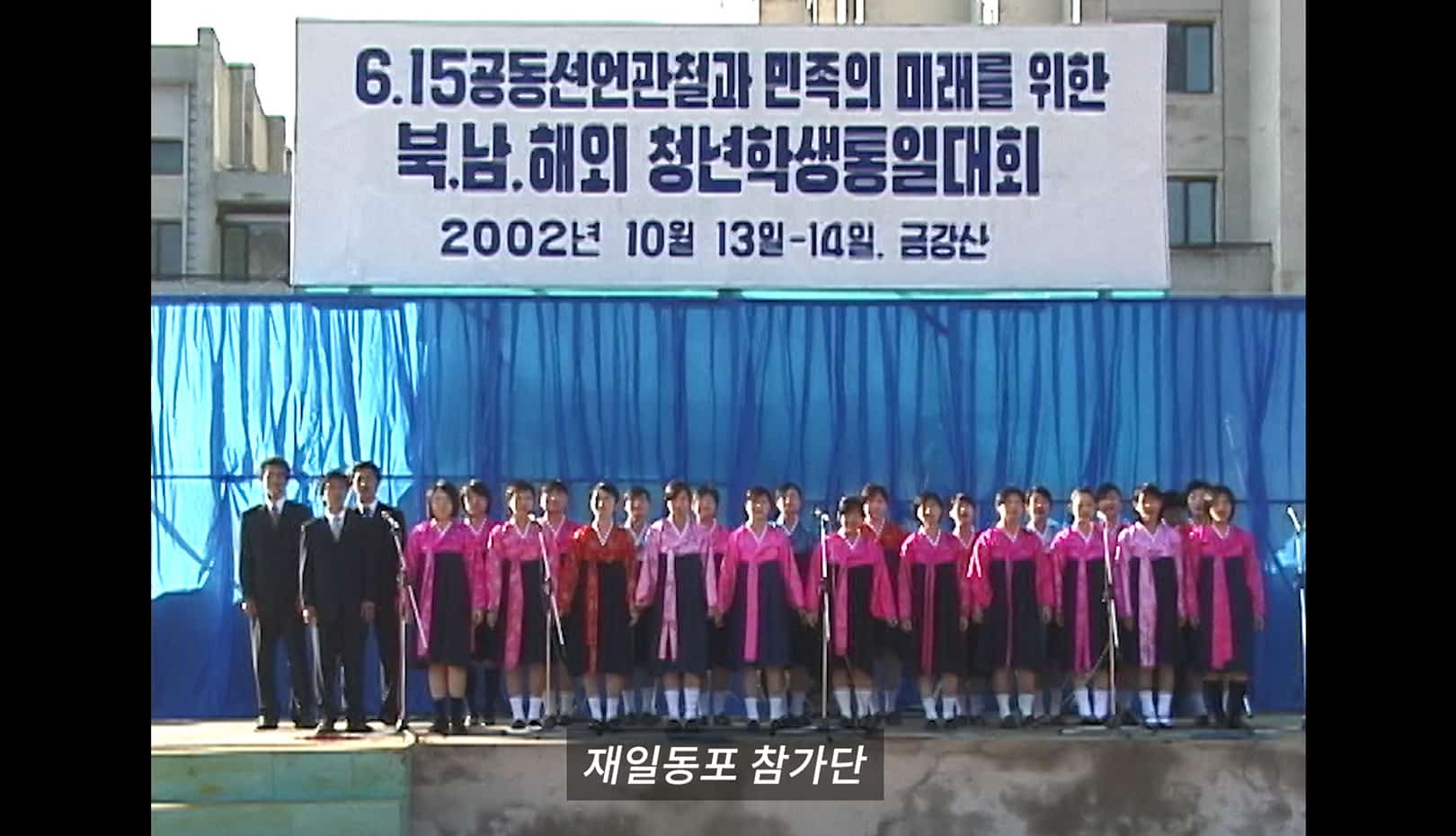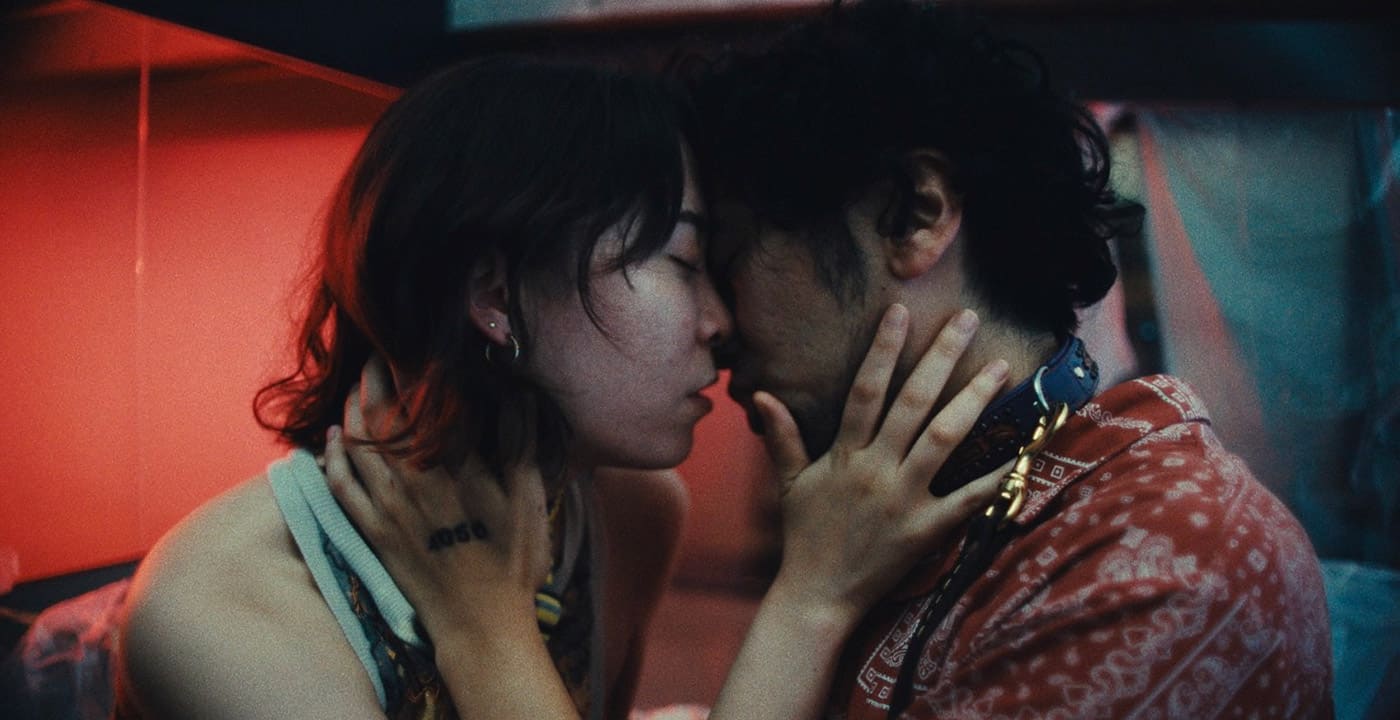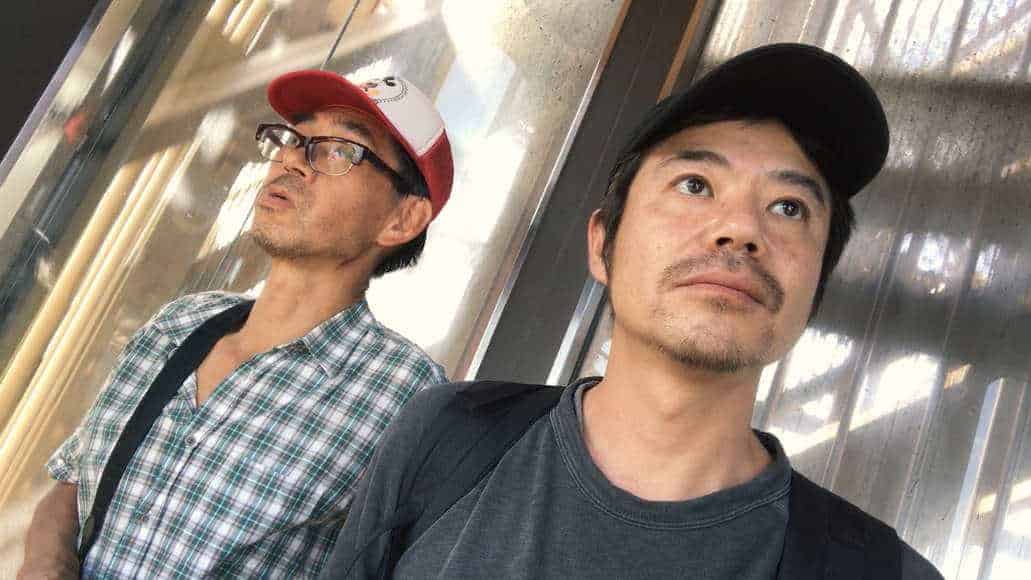Keening women offer services that are employed in funerals, but do not belong to any religious doctrine, despite their ritualistic form. Keening women need to know the life stories of the deceased so that they can wail wholeheartedly during their ceremony, in a procedure that can also involve other people. Rita Hui bases her movie on one of those women, presenting a film that could be described as an art-house ghost story, but in essence, is so much more.
Watch This Title
on CathayPlay
The aforementioned woman is Cotton, who, during a ceremony in the funeral parlor she works, begins feeling as if her body and her consciousness are separating, particularly after the presence of a spirit named Ling interacts with her. As the two characters form an unusual bond, Cotton's body and consciousness separate, reaching different identities and leading her to actions that neither her handicapped boyfriend nor hey psychiatrist can explain. A rather surrealistic trip begins through the Luo Feng Mountain, a rocky beach and into Chinese ink painting, as the world of the living and that of spirits collides.
Rita Hui directs a genuine art-house film, embedding the quality of a spectacle that is to be embraced with the senses rather than logic. Some genre elements do exist, as the narrative occasionally touches the borders of horror through some jump scares, but the general sense is that of an abstract, surrealistic story that lingers between reality, fantasy, and religion. This last part is quite obvious through the recurring texts on screen explaining various religious notions regarding the world of humans, deities and ghosts. Cotton's relationships with her boyfriend, Hang, and her psychiatrist provide the realistic setting, but in essence, is just a path towards the surrealistic, particularly through the dreams the former shares with her and the latter's spiritual connection to Chinese ink painting.
The aesthetics of the movie could also be described as ritualistic, as we repeatedly see Cotton performing keening, in essence chanting in a high-pitched voice. At the same time, there is a permeating sensualism, particularly through the “physical” interactions between Ling and Cotton, which adds another layer to the overall aesthetics of the film.
All of the aforementioned elements are implemented exquisitely through Nubbie Tsoi's elaborate cinematography, who has done a great job in presenting the rather complicated ideas Rita Hui had, on screen. Wai Nap Wong's editing is also quite good, although I felt that a few more cuts, particularly in the slow-motion scenes in the forest, would benefit the film, additionally trimming its duration from the 110 minutes, as the movie becomes a bit difficult to follow, after a fashion.
Gorgeous Michelle Wai as Cotton gives a great performance, highlighting a rather difficult combination of inner struggle and disorientation with spiritual joy. Mitsu Hana is also quite good in a silent role as Ling, with the same applying to Ryan Lui as Hang, although in a more eloquent and dramatic role.
Evidently, this is not a film for everyone, particularly due to its abstract narrative and art-house aesthetics. However, there is much beauty and artfulness to be found here, which will definitely satisfy those who looking beyond the mainstream.


